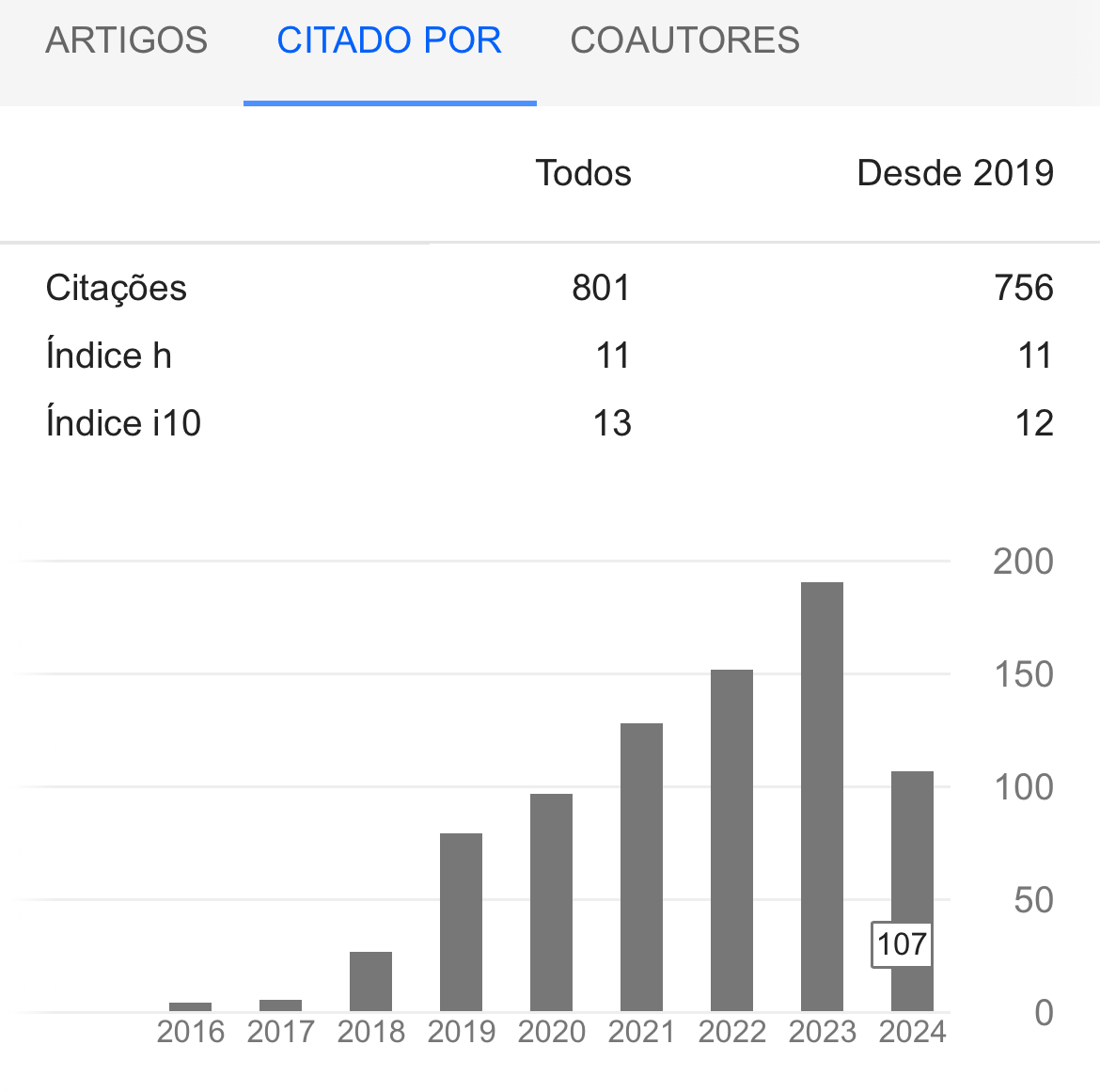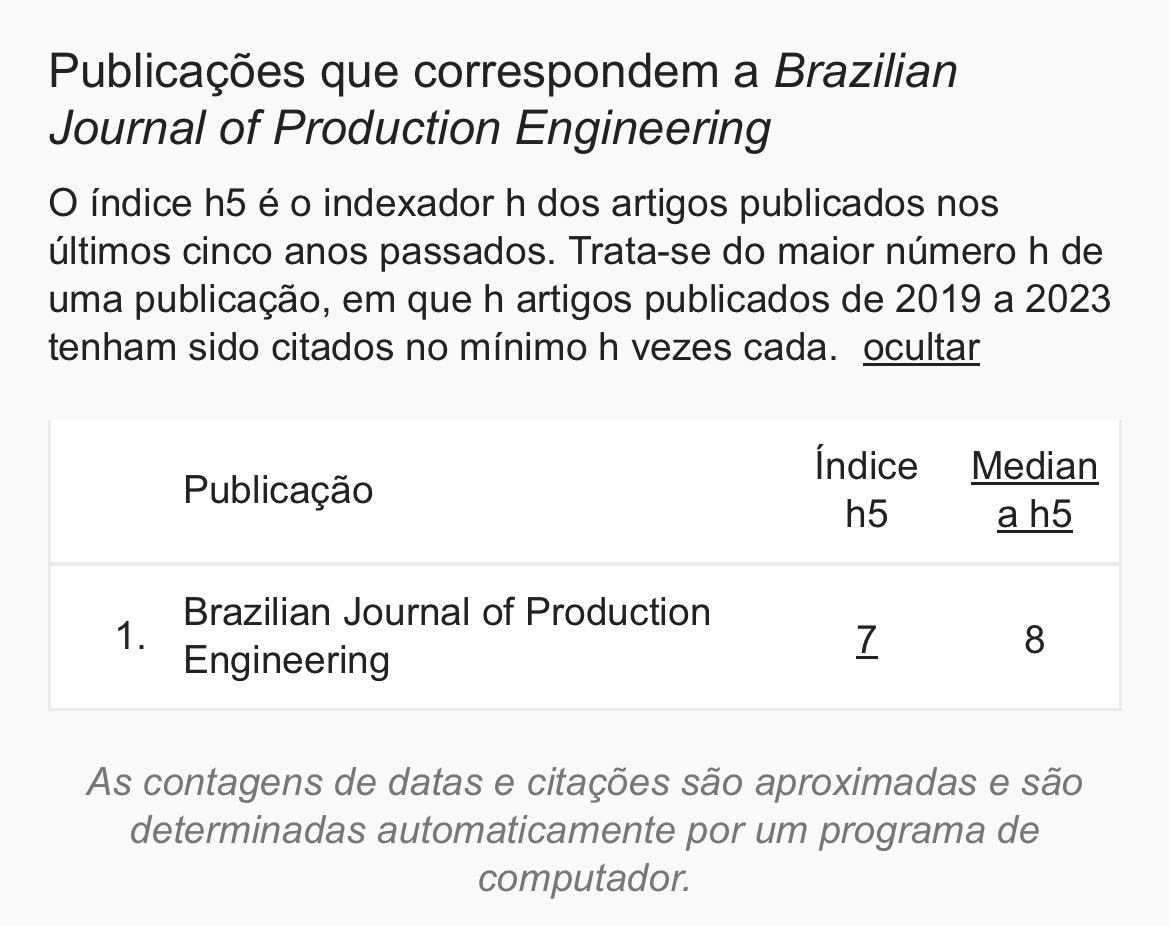Bee products and human health: an integrative review
DOI:
https://doi.org/10.47456/bjpe.v6i7.32791Keywords:
Anti-bacterial agents, Bees, Honey, Fungi, BacteriaAbstract
With the growth of multi-resistant microorganisms, seeking alternatives to bacterial or fungal infections has become a goal for researchers in several countries, in order to obtain effective and safe methods. This scenario includes bee products, the main ones being wax, honey, royal jelly and propolis, capable of becoming great allies in the treatment of pathogenic microorganisms. Thus, the objective of this work is to analyze the antimicrobial properties against bacteria and fungi of honey, royal jelly and propolis. This is an integrative literature review, using the: SciELO, PubMed and LILACS databases for research through Health Sciences Descriptors, including original, review articles, case reports, published in Portuguese, English and/or Spanish, available in full and free of charge, and published in the period from 2010 to 2020. Eight articles were included, all retrieved from the PubMed database, which revealed the great potential that honey and propolis have in fighting infections caused even by multi-resistant bacteria, but no study addressed such activity on fungi. New studies should be developed on the subject, mainly in Brazil, applying such products to fungi and other living beings of clinical relevance, with well-designed samples, with the main objective of helping offer efficient and effective health care of quality.
Downloads
References
Abelha. (2015). Associação Brasileira de Estudos das Abelhas. Apicultura. Disponível em: <https://abelha.org.br/apicultura/>. Acesso em: 13 jun. 2020.
Abelha. (2017). Associação Brasileira de Estudos das Abelhas. Espécies. Disponível em: <https://abelha.org.br/especies/>. Acesso em: 11 jun. 2020.
Amda. (2018). Associaçao Mineira de Defesa do Meio Ambiente. A importância das abelhas para o equilíbrio ambiental. Disponível em: <https://www.amda.org.br/index.php/comunicacao/entrevistas/5377-a-importancia-das-abelhas-para-o-equilibrio-ambiental>. Acesso em: 18 jun. 2020.
Brasil. Ministério da Saúde. (2019). Práticas Integrativas e Complementares (PIC): quais são e para que servem. Disponível em: <https://saude.gov.br/saude-de-a-z/praticas-integrativas-e-complementares>. Acesso em: 25 maio 2020.
Bucekova, M., Sojka, M., Valachova, I., Martinotti, S., Ranzato, E., Szep, Z., & Majtan, J. (2017). Bee-derived antibacterial peptide, defensin-1, promotes wound re-epithelialisation in vitro and in vivo. Scientific reports, 7(1), 1-13.
Bush, L. M., Facp, M. D., Charles, E. (2019). Listeriose. Manual MSD. Disponível em: <https://www.msdmanuals.com/pt/casa/infec%C3%A7%C3%B5es/infec%C3%A7%C3%B5es-bacterianas-bact%C3%A9rias-gram-positivas/listeriose>. Acesso em: 18 jun. 2020.
Butler, É., Oien, R. F., Lindholm, C., Olofsson, T. C., Nilson, B., & Vásquez, A. (2016). A pilot study investigating lactic acid bacterial symbionts from the honeybee in inhibiting human chronic wound pathogens. International Wound Journal, 13(5), 729-737.
Camargo, J. M. F., & Pedro, S. R. M. (2013). Meliponini Lepeletier, 1836. In: Moure, J. S., Ubran, D., & Melo, G. A. R. (orgs.). Catalogue of bees (Hymenoptera, Apoidea) in the Neotropical Region - online version. Disponível em: <http://moure.cria.org.br/catalogue?id=34936>. Acesso em: 18 jun. 2020.
Dorazio, B. (2017). As abelhas e seus produtos. Disponível em: <http://g1.globo.com/sp/presidente-prudente-regiao/blog/nutricao-pratica/post/abelhas-e-seus-produtos.html>. Acesso em: 13 jun. 2020.
Duarte, M. (2019). Apicultura. Disponível em: <https://www.infoescola.com/zootecnia/apicultura/>. Acesso em: 13 jun. 2020.
Hofling, J. G. (2016). Isolamento e caracterização de fungos patogênicos de importância médica. Paco Editorial.
Jantakee, K., & Tragoolpua, Y. (2015). Activities of different types of Thai honey on pathogenic bacteria causing skin diseases, tyrosinase enzyme and generating free radicals. Biological Research, 48(1), 4.
Larini, M. M., Rezende, M. I., Ribeiro, M. L. L., & Gasparin, F. G. M. (2017). Surfactina: estrutura, aplicações e fatores envolvidos em sua produção. Evidência, 17(2), 105-118.
Liberato, M. D. C. T. C., & Morais, S. M. (2016) Produtos Apícolas do Ceará e Suas Origens Florais: características físicas, químicas e funcionais. EdUECE, 179 p.
Montenegro, G., & Mejías, E. (2013). Biological applications of honeys produced by Apis mellifera. Biological research, 46(4), 341-345.
Neto, A. C. D., & Rossi, C. G. F. (2018). Homeopatia: uma Revisão da Literatura. Revista de Ensino e Cultura, 1(4), 111.
Nishio, E. K., Ribeiro, J. M., Oliveira, A. G., Andrade, C. G. T. J., Proni, E. A., Kobayashi, R. K. T., & Nakazato, G. (2016). Antibacterial synergic effect of honey from two stingless bees: Scaptotrigona bipunctata Lepeletier, 1836, and S. postica Latreille, 1807. Scientific reports, 6(1), 1-8.
Oliveira, A. (2013). Abelhas sem ferrão - Tubuna (Scaptotrigona bipunctata). Disponível em: <https://www.cpt.com.br/cursos-criacaodeabelhas/artigos/abelhas-sem-ferrao-tubuna-scaptotrigona-bipunctata>. Acesso em: 18 jun. 2020.
Olofsson, T. C., Butler, È., Markowicz, P., Lindholm, C., Larsson, L., & Vásquez, A. (2016). Lactic acid bacterial symbionts in honeybees–an unknown key to honey's antimicrobial and therapeutic activities. International Wound Journal, 13(5), 668-679.
Opas, Organização Pan-Americana da Saúde. (2017). Folha informativa - resistência aos antibióticos. Disponível em: <https://www.paho.org/bra/index.php?option=com_content&view=article&id=5664:folha-informativa-resistencia-aos-antibioticos&Itemid=812>. Acesso em: 11 jun. 2020.
Raa, Revista Attalea Agronegócios. (2020). Abelha sem-ferrão: Jataí (Tetragonisca angustula). Disponível em: <https://revistadeagronegocios.com.br/abelha-sem-ferrao-jatai-tetragonisca-angustula/>. Acesso em: 18 jun. 2020.
Sabaté, D. C., & Audisio, M. C. (2013). Inhibitory activity of surfactin, produced by different Bacillus subtilis subsp. subtilis strains, against Listeria monocytogenes sensitive and bacteriocin-resistant strains. Microbiological research, 168(3), 125-129.
Schinaider, A. D., Schinaider, A. D., Pucci, L. E. A., Rehfeld, C. S., & Silva, D. F. O Comportamento do Consumidor de Mel: um Estudo de Caso Aplicado aos Acadêmicos do Curso de Zootecnia da UFSM-Campus Palmeira das Missões. In: Lopes, J. E. F. (Org.) Tópicos de Marketing, 1(1), 49-57.
Sousa, M. N. A., & Santos, E. V. L. (2016). Medicina e pesquisa: um elo possível. Ed. 1, Editora Prismas.
Zamora, L. G., Beukelman, C. J., Berg, A. J. J. V., Aerts, P. C., Ufford, H. C. Q., Nijland, R., & Arias, M. L. (2017). An insight into the antibiofilm properties of Costa Rican stingless bee honeys. Journal of Wound Care, 26(4), 168-177.
Downloads
Published
How to Cite
Issue
Section
License
Copyright (c) 2020 Brazilian Journal of Production Engineering - BJPE

This work is licensed under a Creative Commons Attribution-NonCommercial-ShareAlike 4.0 International License.











































































